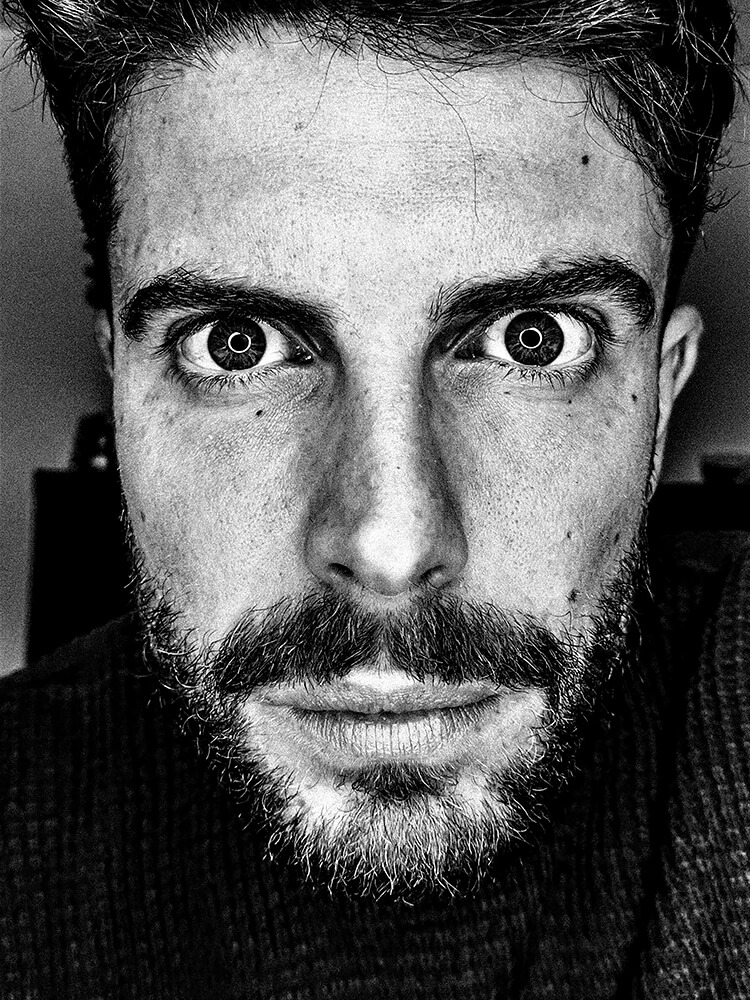My name is Gianluca Mortarotti, and I'm a self-taught photographer from Rome currently based in London, UK. My passion for photography started at a young age, thanks in part to my father's work as a wedding photographer. However, it wasn't until after my studies that I decided to take photography more seriously.
I'm fascinated by the energy of cities and the candid moments that tell a story and I've always been drawn to the contrasts of urban life and the connections between people that can seem strange and unusual. Through my work, I try to explore these themes with a fresh and unexpected approach, creating a consistent and attractive aesthetic that is both narrative and metaphorical in its meaning. I believe that the world around us is full of hidden beauty that often goes unnoticed, and I like to create tension in my images by juxtaposing contrasting elements and highlighting the unusual connections between them, aiming to create a sense of intrigue and encourage the viewer to look closer and engage with the image on a deeper level. For me, photography is not just about documenting reality but using it as a means of expression to shed light on life beyond mere appearances.
Statement:
More than a camera, I have a tool for storytelling. My goal is to use photography as a means to reveal the unseen and to present a fresh, intriguing, and personal view of the world.
Winner AAP Magazine #30 Shadows